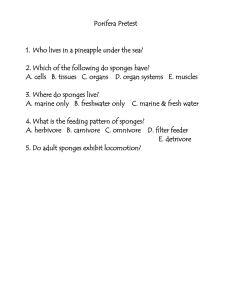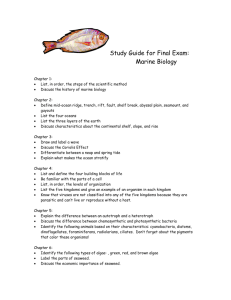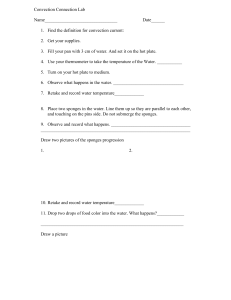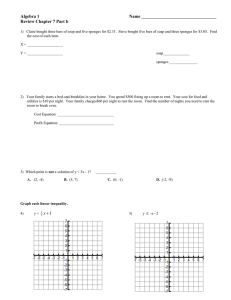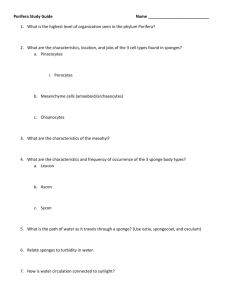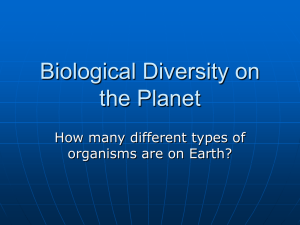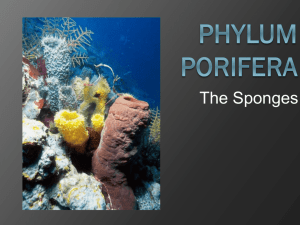Hawksbill Turtle
advertisement
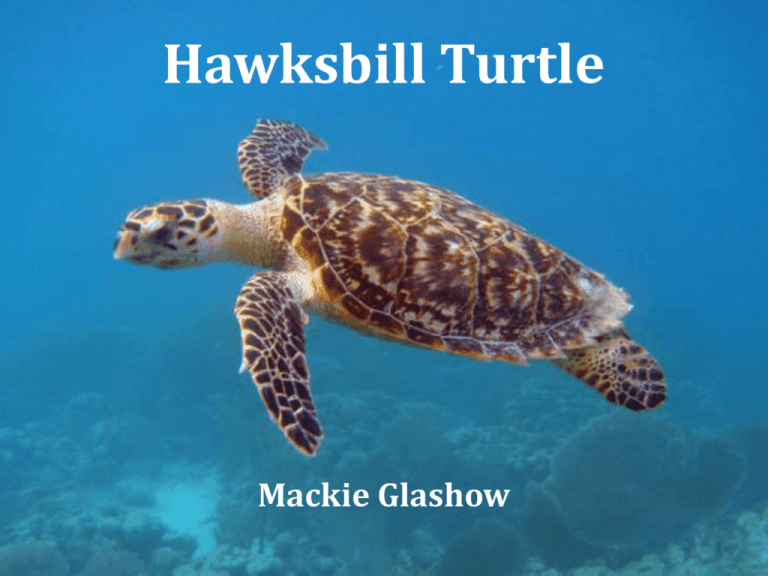
Hawksbill Turtle http://animaldiversity.ummz.umi ch.edu/site/accounts/information /Eretmochelys_imbricata.html Mackie Glashow Tropical regions: Atlantic and Pacific Hard-bottomed and reef habitats (sponges) with masses of floating sea plants Live up to 60 feet deep Critically endangered Consumed by: humans, sharks, large fish, octopi, and crocodiles. Bekko in Japan – cabinets, door posts, mirrors, etc. Nests are disturbed by dogs, humans, raccoons, and rats Omnivores Eat specific kinds of sponges Sea Jellies, fish, marine algae, and other plants and animals Prefer to eat in large groups with an abundance of brown algae 25-30 inches in size medium-sized compared to other turtles Young: heart shaped shell Males: Brighter pigmentation, thicker tail, longer claws Average weight in adults: 100150 lbs Live for 30-50 years How did they get their name? 2 Claws on each forelimb Swim in a birdlike fashion V Shaped Head (like a birds’ beak) http://www.youtube.com/watch?v=Trp6SSaxUnU See you in Belize!
